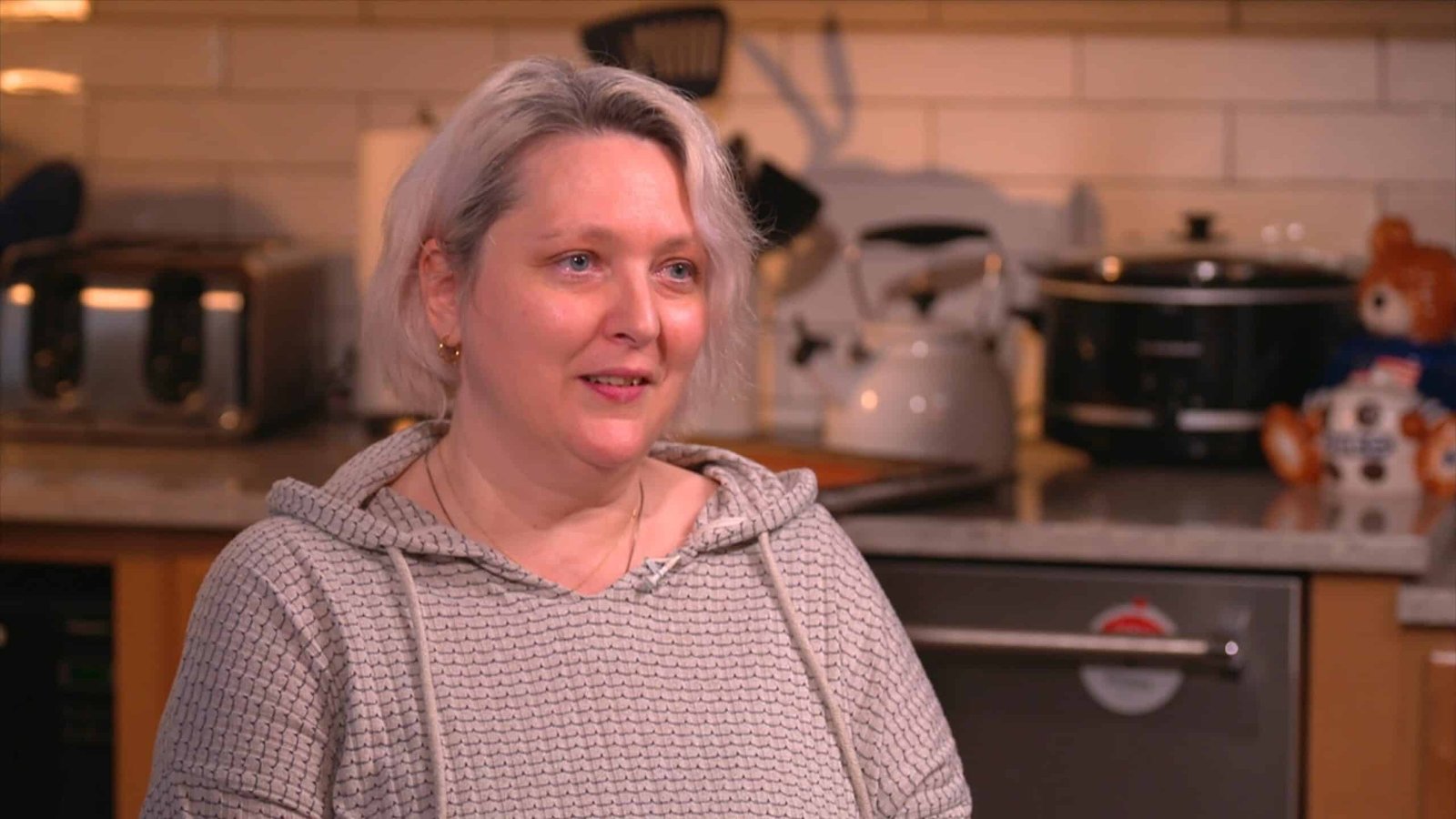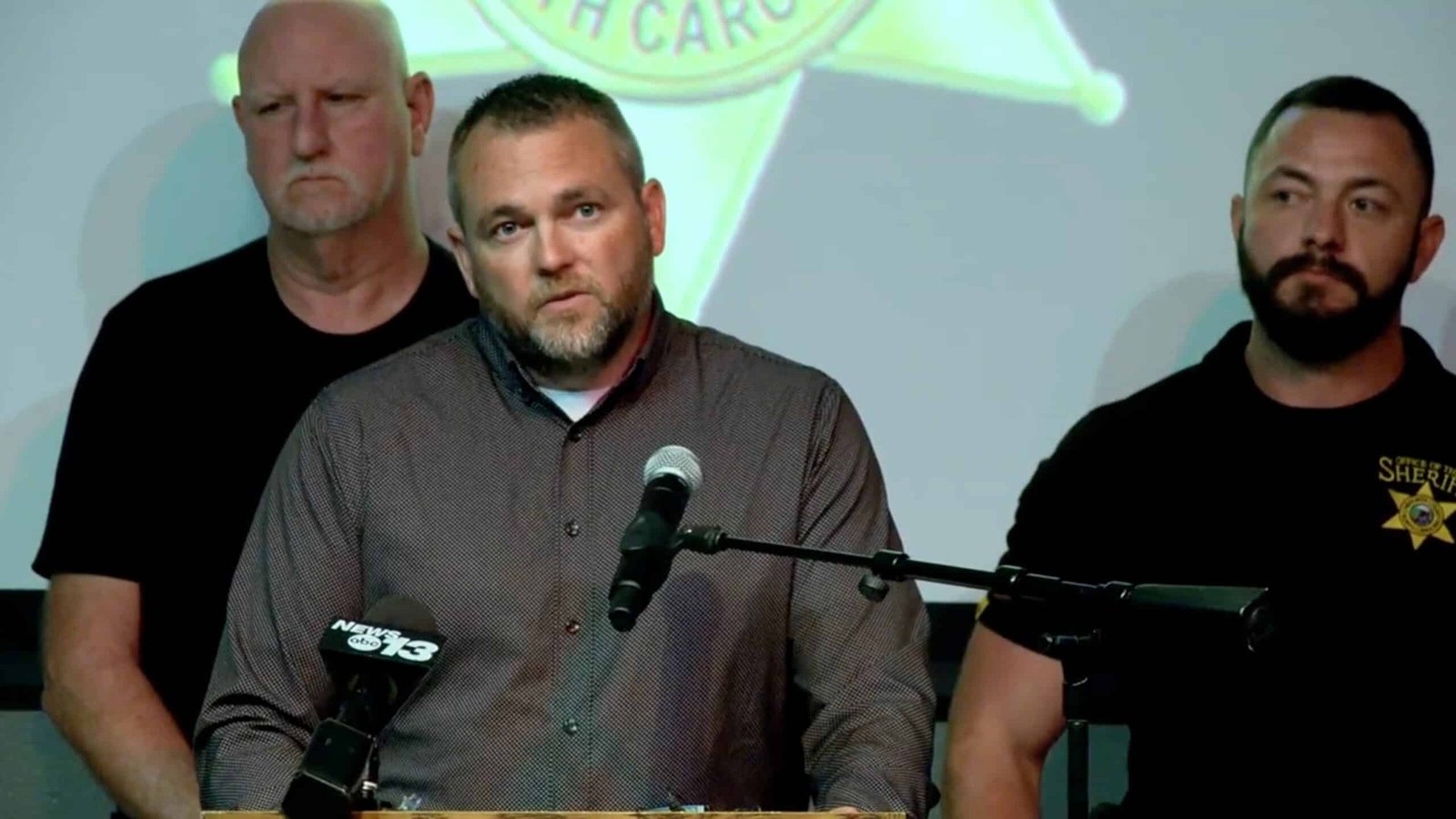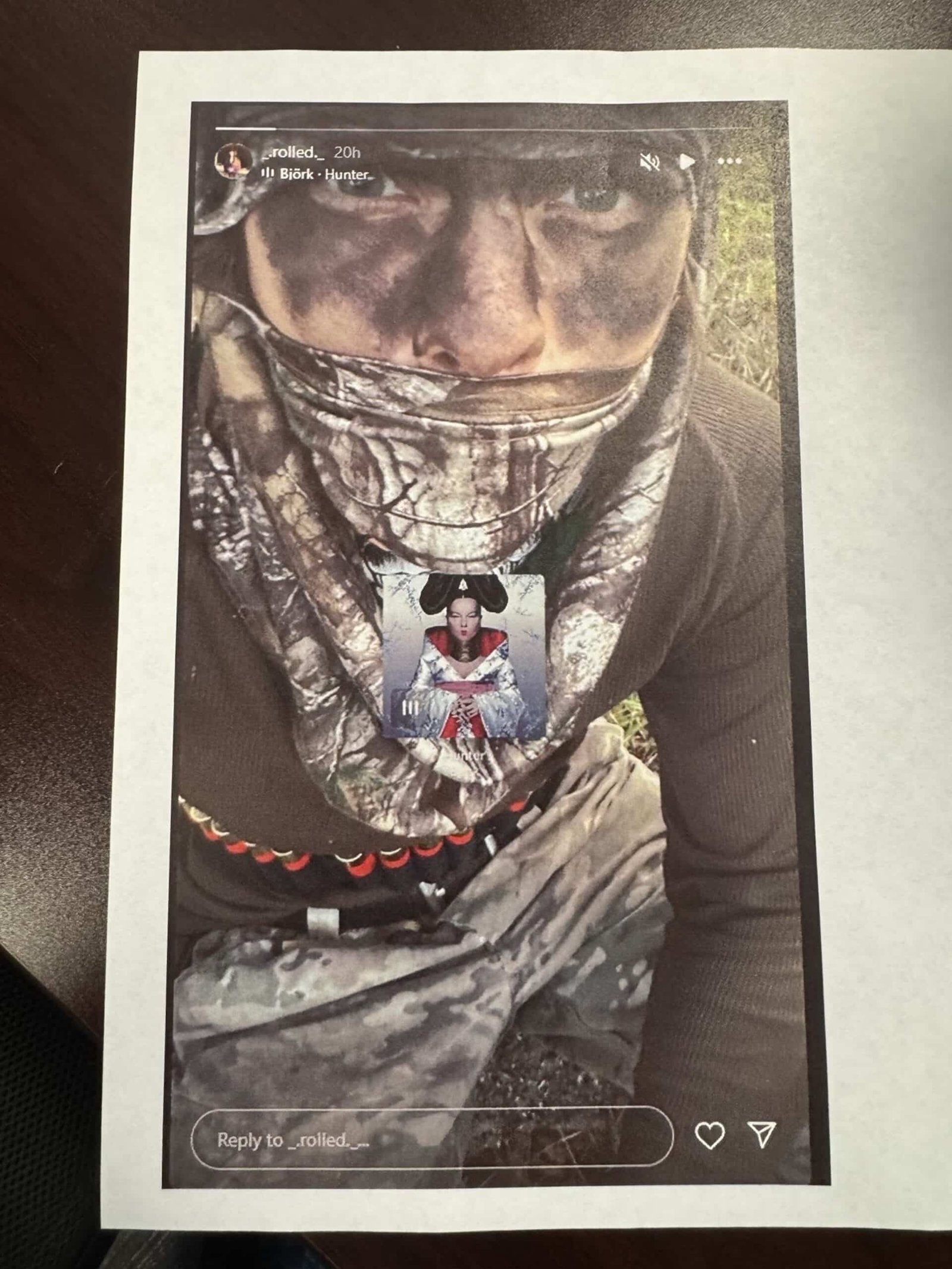Pope Francis has been buried, the conclave has been assembled and, after the due deliberation by the participating cardinals, the world has finally seen white smoke float of the chimney of the Sistine Chapel, indicating that a new Pope has been chosen.
So what happens later?
There have only been seven papal elections in the last 100 years, with more than a quarter of a century that approved between the elections of Pope John Paul II in October 1978 and that of his successor, Benedict XVI, in April 2005. And now as then, the tradition of long data dictates both the practical and ceremonial steps that occur between the elections of the new Pontiff and when it is officially installed as the leader of the Catholic Church of the Catholic Church of the Catholic Church of the Catholic Church.
Although it can take days, weeks or more for the cardinals who include the conclave to reach the two -thirds majority to choose a new Pope: the record is 1.006 days, established in the thirteenth century, once the elections end, the subsequent events occur with an impressive speed.

The cardinals participate in a Holy Mass for the choice of the Roman Pontiff, before the start of the conclave, in the Basilica of San Pedro in the Vatican.
Francesco Sforza/Vatican Media/AFP through Getty Images
Countdown to the first public appearance
The first announcement to the world that a new Pope has been selected is indicated by tradition when the bells such as the Basilica of San Pedro as problems of White Smoke, Fumata Bianca, of the chimney of the stove on the Sistine chapel sound. With these ceremonial notices, an informal countdown begins at the moment when the identity of the new Pope is revealed to the world.
While the faithful usually congregate in the Plaza de San Pedro daily during the conclave, the public signal that a pontiff has precipitates a wave of observers who rush to be among the first to see the new Pope in person.
Although there is a lot of ceremony, it is important to keep in mind that the newly elected authority and jurisdiction of the Pope begins immediately after his acceptance of the office, which, of course, must do before any public announcement; If you reject the office, the conclave continues the vote.

A view shows the central balcony (Loggia Delle Benedizioni) of the Basilica of San Pedro, before the conclave to choose the next Pope in the Vatican, as seen in Rome, Italy, May 7, 2025.
Amanda Perobelli/Reuters
As soon as the new Pontiff has nodded his choice, the conclave ends, although the Cardinals gathered will remain in the Vatican until the concomitant ceremonies end. In 2013, Francis requested that the cardinals remain in Rome for an extra day to pray with him.
Meanwhile, the new Pope formally wonders why name will be known. While the potatoes are not obliged to change their name, each pontiff during the last 470 years has done so, generally choosing the name of a predecessor to honor them and point to their intention to emulate their example. Pope Francis was a remarkable exception, choosing not the name of a former Pope but that of San Francisco de Asís, the cleric of the thirteenth century and the patron saint of animals and the environment.
The only pontifical name that has not been used more than once is Peter, the name of the first Pope, although there is no prohibition against doing so.
Papal clothes for your first appearance
The next step is to get the new Pope to have dressed for his first public appearance. Liturgical garments, such as robes, stoles and hats, used by the Pope and other officials of the Christian Church are known as clothing. Since 1798, Pope’s clothes have been manufactured by the tailors of the Gammarelli family in Rome, who first made the garments for Pope Pius VI. This year, however, the ecclesiastical tailor Ranieri Manchinelli, also in Rome, has prepared the new Pope’s clothes.
Since no one knows who will be chosen Pope, and therefore, what size the new Pope will require, three games of clothing are prepared in advance for their first public appearance, in small, medium and large sizes.

The Roman tailor Annibale Gammarelli made three versions, small, medium and large of the white clothing that the new Pope will use when the world appears for the first time.
Eric Vandeville/Gamma-Rapho through Getty Images
The clothing are placed in the stanza of the lace, or room of tears, which is a small sacristy or area of preparation of the clergy, right next to the Sixtine chapel. It is here that the new Pope will dress with his temporary clothes while the world awaits his first public appearance. However, there is still a last ceremony to complete.
The fisherman’s ring
Once dressed in his clothes, the pontiff returns to the Sistine Chapel and sits in a papal chair. The Camerlengo, that is, the cardinal who supervises the conclave, in this case Cardinal Kevin Ferrell, then escorts the master of ceremonies who carries the ring of the fishermen in a velvet cushion to the new Pope. Pope Francis’s ring broke ceremonially after his death, a ritual that means the formal end of his papal authority and marking the transition of leadership and the closing of his chapter in the history of the Church.
Perhaps more than any other article, the fishermen’s ring in popular culture is identified more closely with papal authority. Appointed in honor of St. Peter the Apostle, a fisherman and the first Pope, the Catholics who meet the Pope traditionally kiss the ring to demonstrate both their respect for the Pontiff and his devotion to the Church.

The Italian Cardinal Angelo Sodano (R) puts the ring of the fishermen, made of gold -plated silver, on a finger of Pope Francis during his great inauguration mass on March 19, 2013 in the Vatican.
Alberto Pizzoli/AFP through Getty Images
The Camerlengo places the fisherman’s ring in the fourth finger of the right hand of the Pope, then kneeling him and kisses him. The Pope then eliminates the ring and gives it to the master of ceremonies, who will have the name of the new Pope inscribed in him.
The cardinals gathered the next step forward and pay tribute to the new Pope, who takes them in a hymn and also gives them his blessing, the first blessing of his pontificate.
“Dad”
Now appropriate in his temporal clothes, the new Pope enters the Basilica of San Pedro for the formal announcement of his choice and the revelation of his identity to the faithful and the world.
With thousands gathered in the Plaza de San Pedro underneath, cardinals attending for the first time on the side balconies of the facade of the Basilica of San Pedro. Cardinal Senior’s deacon appears on the central balcony and declares in Latin: “Nuntio Vobis Gaudium Magnum: Habemus Papam” – “I announce a great joy: we have a Pope.”
The Senior cardinal deacon announces both the birth name of the elected cardinal and the pontifical name that the new Pope has chosen for himself.
It is only now, usually just one hour more or less after the white smoke first emerged from the pipeline of the stove of the Sistine Chapel, that the new Pope, dressed in his papal clothes, goes out to the balcony and greets the world. Immediately delivers its first apostolic blessing Urbi et Orbi, which means “the city and the world.”

The newly chosen Pope Francis I appears on the central balcony of the Basilica of San Pedro on March 13, 2013 in the city of the Vatican, Vatican.
Alessandra Benedetti – Corbis/Corbis through Getty Images
Formal installation in the office
A ceremonial mass to formally install the new Pope is celebrated approximately one week after his choice, either in the Plaza de San Pedro or the Basilica, with cardinals, bishops and other international dignitaries present. While the ceremony historically presented much more pomp and boato similar to a coronation, including the Pope literally crowned with a triregnum, or three -level tiara, and sitting on a adorned papal throne, much of that flat has been abandoned.
Pope Paul VI was the last to use the Tiregnum, during his installation in 1963. He was also the first to celebrate the outdoor ceremony, in the Plaza de San Pedro, to accommodate the huge crowds they wanted to attend.
ABC News Phoebe Natanson contributed to this report.





